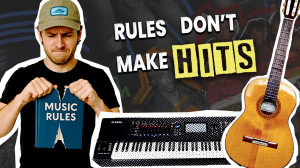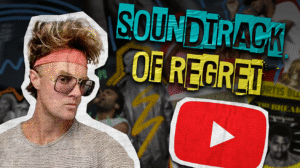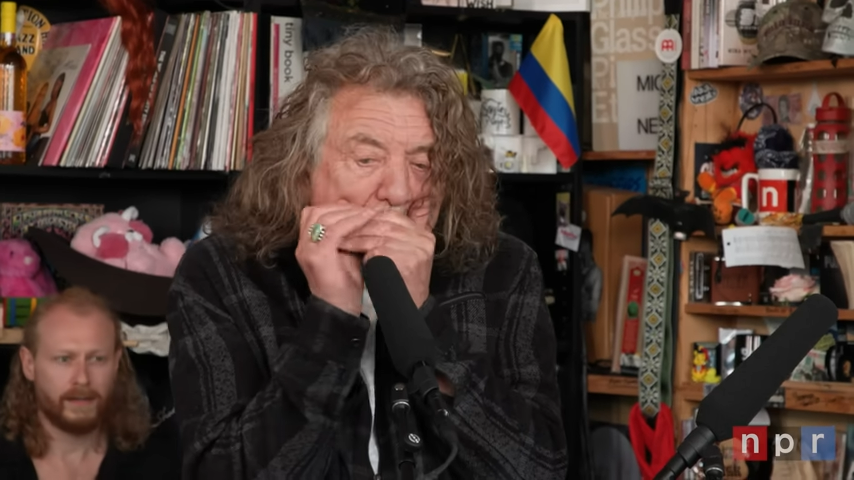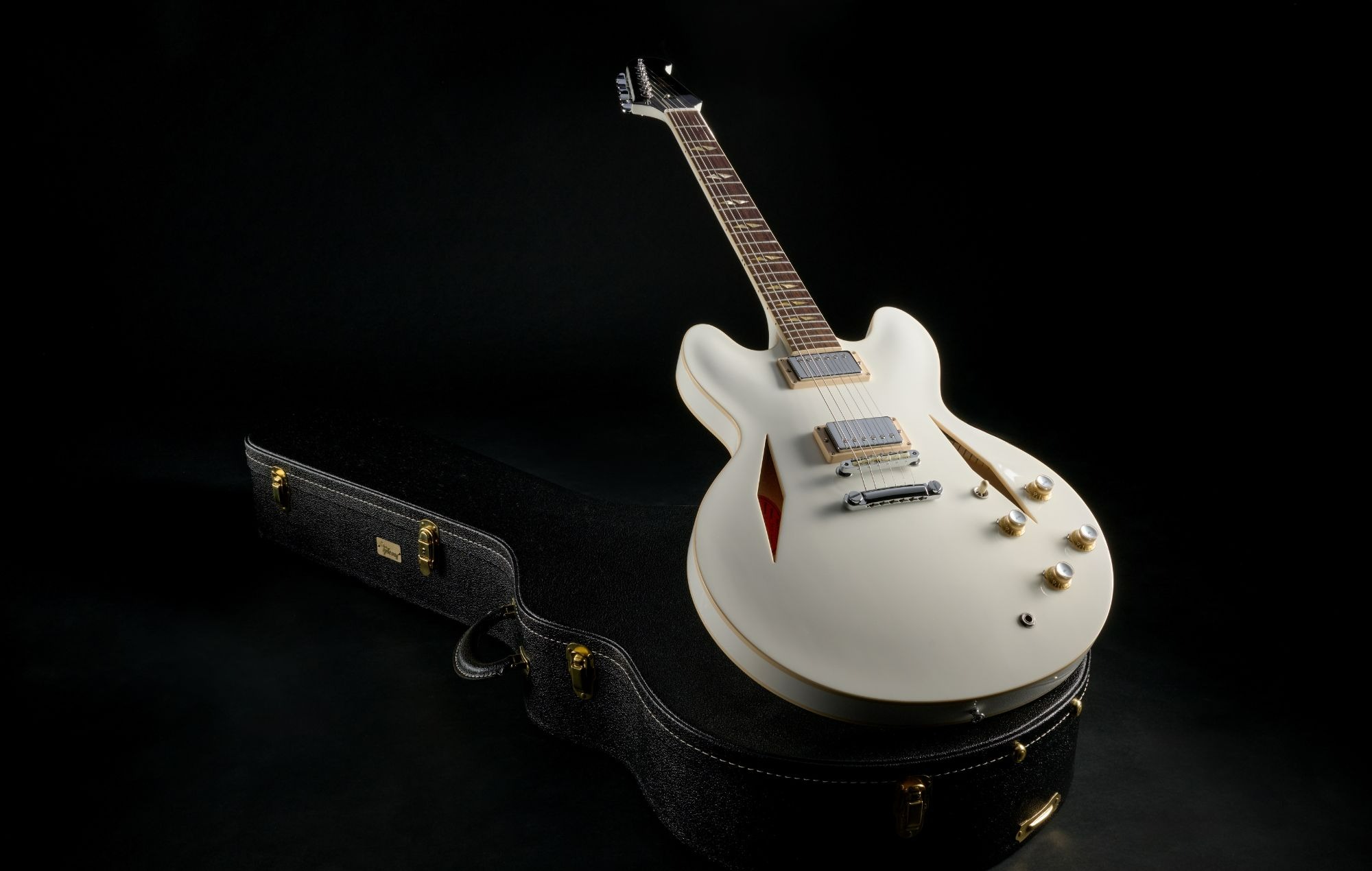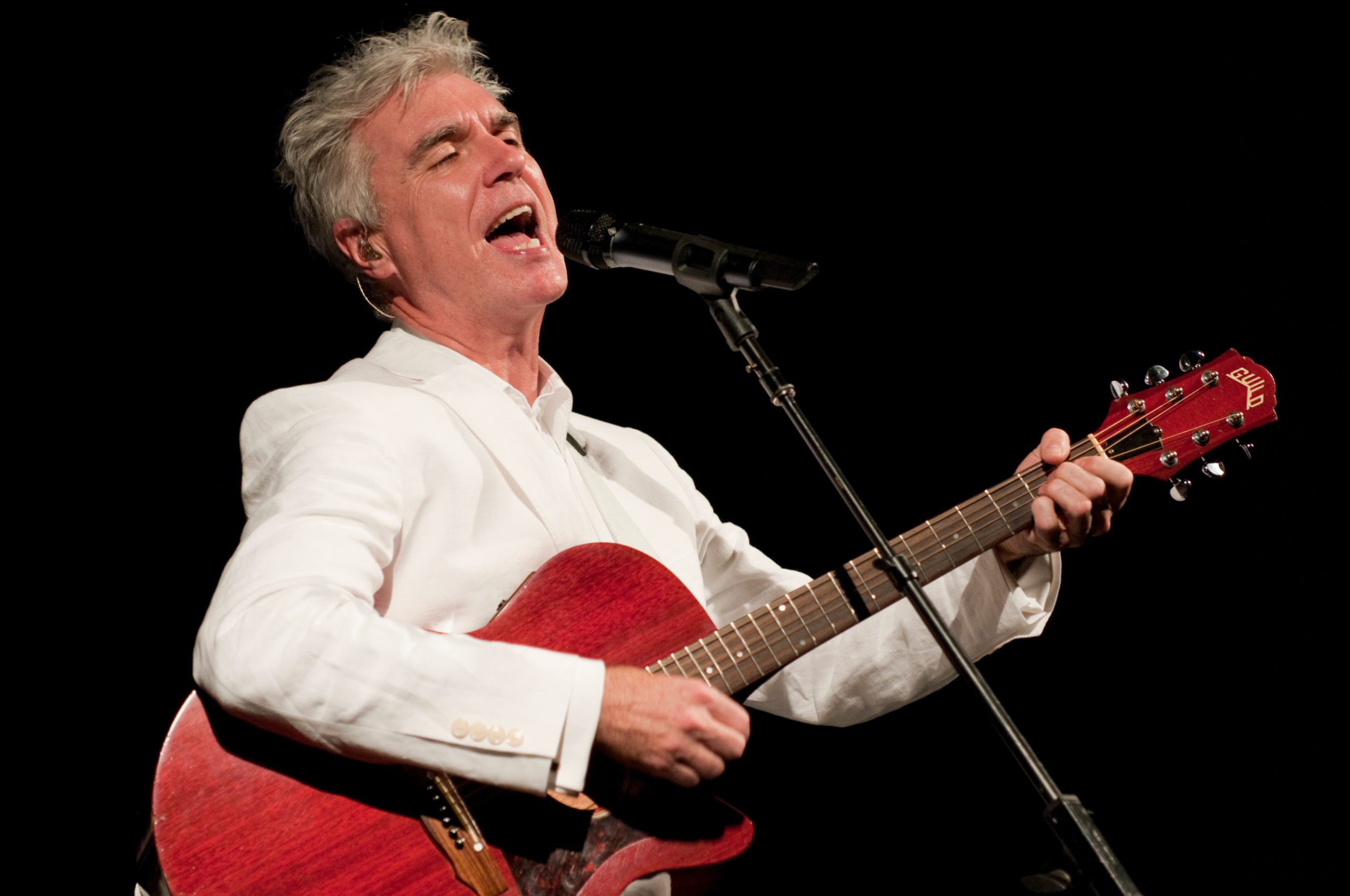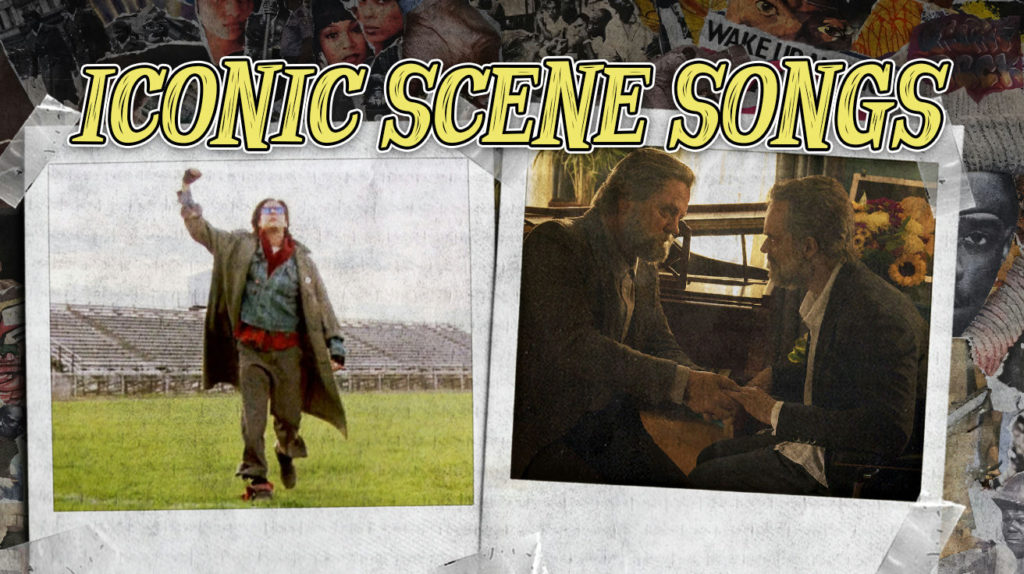
Music transforms ordinary moments into cultural earthquakes. These tracks elevated storytelling beyond dialogue and visuals, proving that A&R executives chasing manufactured hits missed the point entirely. Certain melodies transport you to pivotal moments instantly—because authentic emotion still sells more than focus-grouped formulas. What makes them exceptional is their technical marriage to narrative. Music supervisors with actual taste can amplify emotional resonance like vintage tube amps. Prepare to explore unforgettable moments where sound engineering meets storytelling magic.
14. Hide and Seek – The O.C.

Imogen Heap’s vocoder-processed sound on “Hide and Seek” was innovative for television through her distinctive harmonic layering that most producers were afraid to attempt. This a cappella approach brought raw emotional intensity without instrumental interference. As Marissa shoots Trey, every synthesized vocal note heightens tension through electronic vulnerability meeting human violence.
The unexpected brutality becomes unforgettable through musical contrast—like pairing expensive wine with gas station snacks, it shouldn’t work but creates something transcendent. Its distinctive electronic signature created cultural watermarks that SNL couldn’t resist parodying.
13. You Never Can Tell – Pulp Fiction
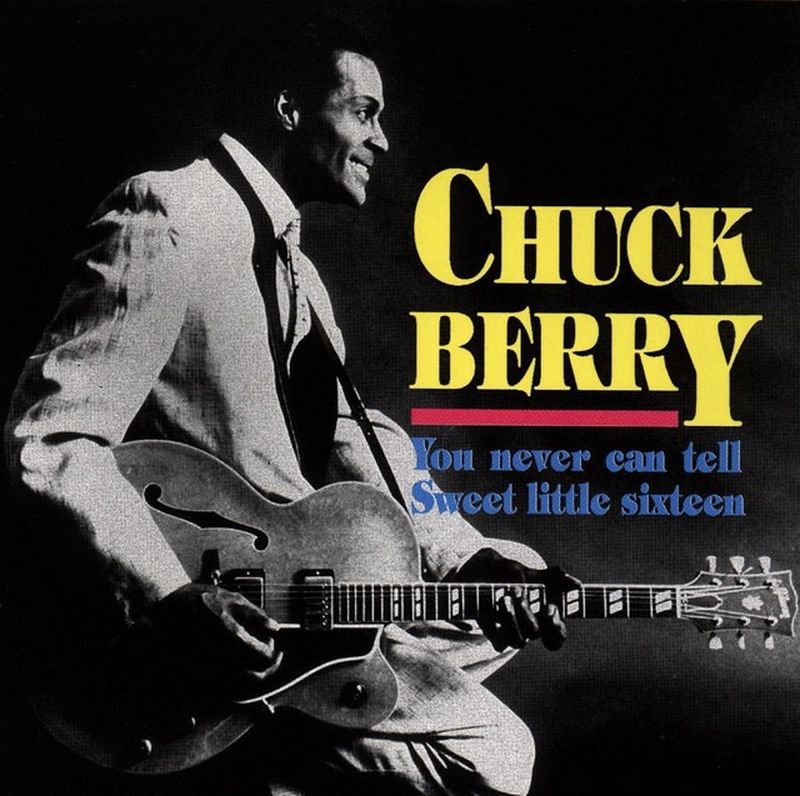
Chuck Berry’s hit “You Can Never Tell” defined cinematic cool through retro swagger and rhythmic pocket that modern artists spend fortunes trying to recreate. It scores the film’s iconic dance contest with swing rhythms that make hip-hop producers weep with envy. The song’s infectious shuffle groove and vintage production became legendary through Tarantino’s impeccable taste.
Retro choreography made the moment timelessly entertaining—like finding pristine vintage gear in a pawn shop, some discoveries are pure gold. Berry’s track returned to mainstream popularity, proving that authentic groove transcends generational boundaries when properly showcased.
12. The Name Game – American Horror Story
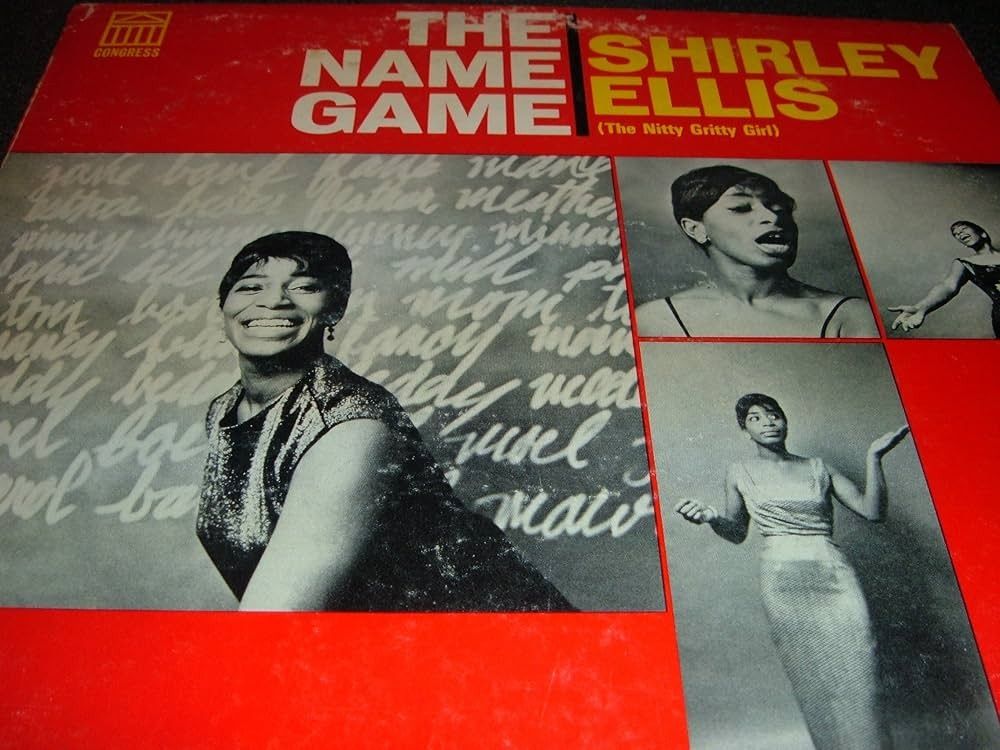
Shirley Ellis’s playful novelty tune “The Name Game” disrupted horror conventions through its major-key cheerfulness colliding with asylum darkness—cognitive dissonance that David Lynch probably wishes he’d thought of first. It creates joy and unease simultaneously within carefully crafted chaos. Jessica Lange’s Sister Jude leads this surreal musical moment with Broadway-caliber commitment.
The scene defied network television expectations while enriching narrative depth through unexpected genre-blending. Each rhyming line twists familiar into something mysteriously new, proving that horror works best when audiences can’t predict the next beat.
11. Over the Rainbow – ER

Israel Kamakawiwoʻole’s ukulele-heavy rendition of “Over The Rainbow” enhanced Dr. Mark Greene’s farewell through stripped-down intimacy that network executives usually fear. The gentle four-chord progression played during a montage of memories. His falsetto register creates vulnerability that $2 million orchestral scores rarely achieve.
The song amplifies emotional pain through harmonic simplicity—sometimes less is infinitely more than bombastic production tricks. Its tender frequency response transforms sorrow into acceptance like audio compression smoothing rough edges.
10. Bohemian Rhapsody – Wayne’s World

Queen’s six-minute rock opera transformed an ordinary car scene through Freddie Mercury’s theatrical vocals that span four octaves and multiple musical genres. The headbanging sequence became comedy gold through shared enthusiasm for complex songcraft that radio programmers initially called “too weird.” Wayne and friends created pure joy through musical connection to progressive rock artistry.
The scene returned the song to Billboard charts after Wayne’s World proved that audiences hunger for sophisticated music—even comedy directors understood what record executives missed. Shared musical experience creates social bonds stronger than social media algorithms.
9. Long Long Time – The Last of Us
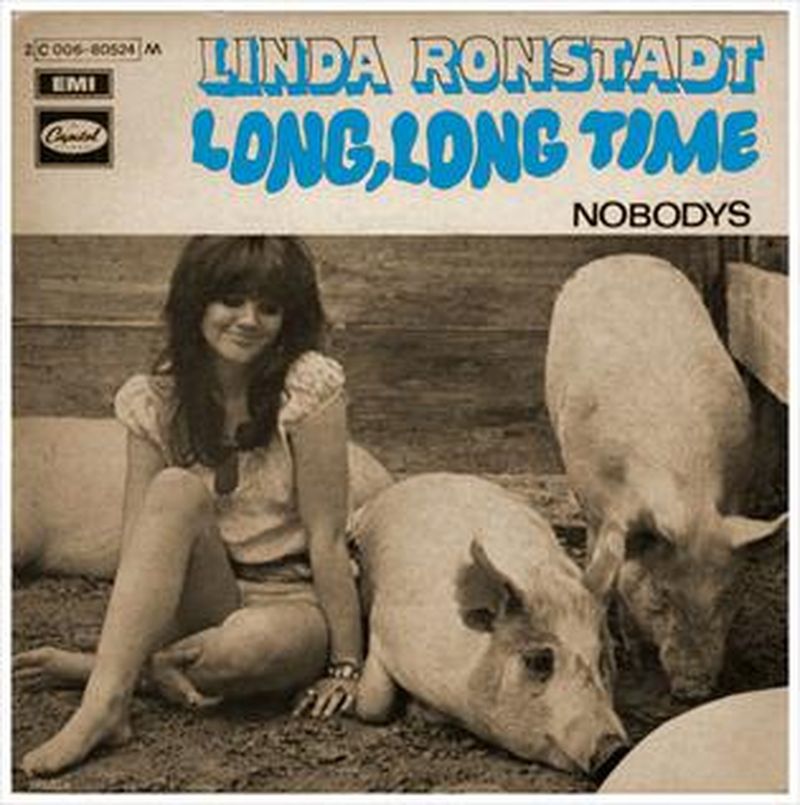
Linda Ronstadt’s classic “Long Long Time” enhanced the post-apocalyptic love story through her crystalline vocal delivery that most contemporary singers can’t touch. Episode 3 used the song’s waltz tempo to highlight Bill and Frank’s relationship perfectly. The piano arrangement strips away Ronstadt’s full band orchestration for intimate storytelling.
The song saw a 4,900% stream increase after airing—proof that quality songcraft transcends algorithms. It showcased profound storytelling potential where music supervisors trust artists over market research data.
8. I Think We’re Alone Now – The Umbrella Academy
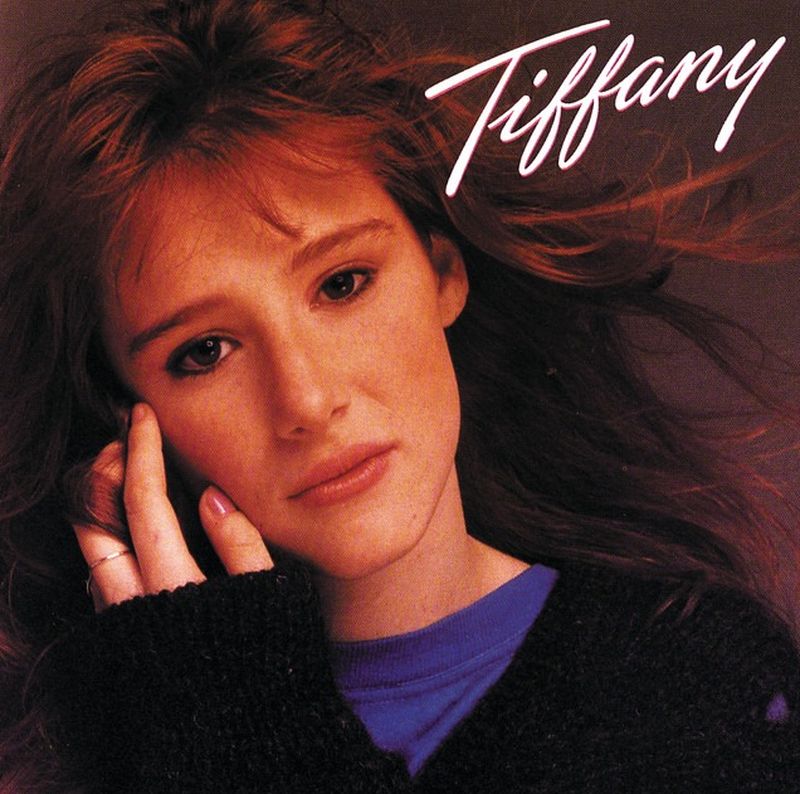
Tiffany’s pop hit “I Think We’re Alone Now” emphasizes isolation through upbeat 80s production that masks deeper emotional currents—like covering depression with disco balls. Each sibling dances alone with the same infectious four-four beat. Their choreographed moves highlight emotional distance from each other while sharing identical musical space.
The light synthesizer tones amplify the characters’ deeper loneliness through ironic contrast. Music unlocks emotions beyond surface-level superhero storytelling, proving that needle drops work when they contradict visual expectations rather than reinforcing them.
7. Don’t Stop Believin’ – The Sopranos

Journey’s arena-rock anthem “Don’t Stop Believing” enhanced the series’ ambiguous ending through Steve Perry’s soaring tenor that executives probably called “too theatrical” initially. It plays during the finale’s tense diner scene with driving eighth notes creating anxiety beneath upbeat lyrics. The song’s major key progressions underscore Tony’s uncertain fate through optimistic irony.
The cut to black mid-phrase sparked endless debate—like stopping a song before the final chord resolves. This musical cliffhanger makes the finale legendary, proving that ambiguity beats focus-grouped closure.
6. Chasing Cars – Grey’s Anatomy
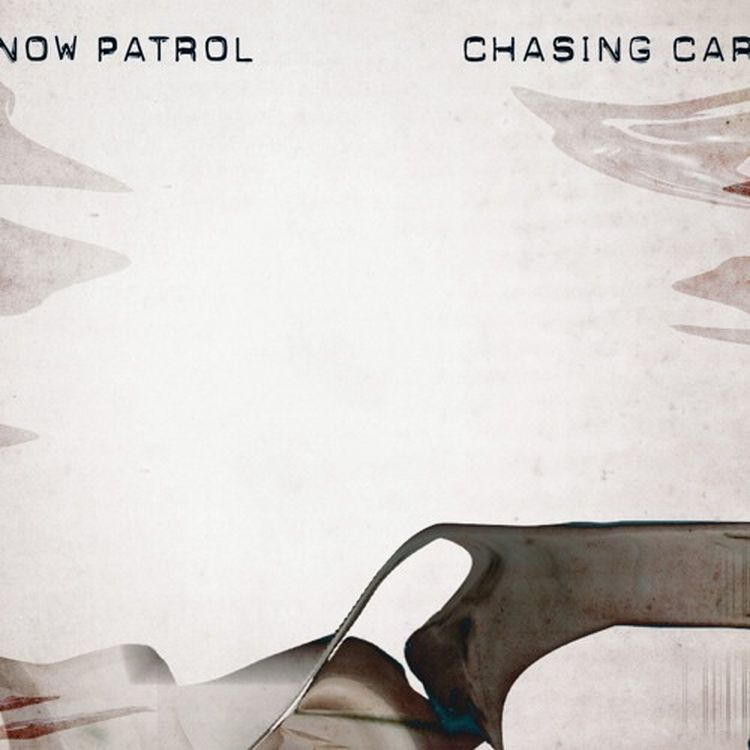
Snow Patrol’s ballad “Chasing Cars” became synonymous with medical heartbreak through Gary Lightbody’s plaintive vocals that bypass rational thought and hit emotional centers directly. The song defined pivotal, tragic hospital moments with its sparse instrumentation building to orchestral catharsis. Guitars echo while vocals soar with devastating sadness through expertly crafted dynamic range.
Each listen now evokes memories of profound loss—that’s the mark of superior music supervision. This track became the show’s unofficial emotional theme song, proving that indie bands sometimes understand human hearts better than Nashville hit factories.
5. The Book of Love – Scrubs
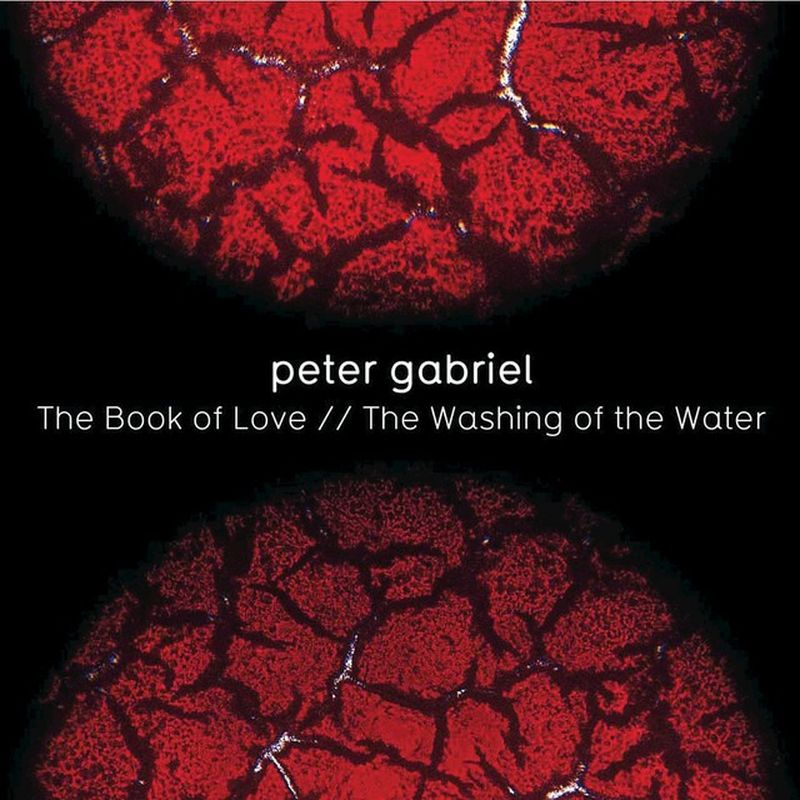
Peter Gabriel’s gentle cover of “The Book of Love” fit the initial finale through his distinctive vocal processing that transforms The Magnetic Fields’ indie original into something transcendent. Its simple chord progressions gained profound resonance through Gabriel’s world-music sensibilities. Dr. John Dorian leaves Sacred Heart with bittersweet closure matched to the song’s emotional arc.
Gabriel’s layered vocals added necessary gravitas to farewell scenes—like the difference between digital compression and analog tape saturation. The show’s light touch became deeply poignant through masterful music supervision.
4. In Your Eyes – Say Anything
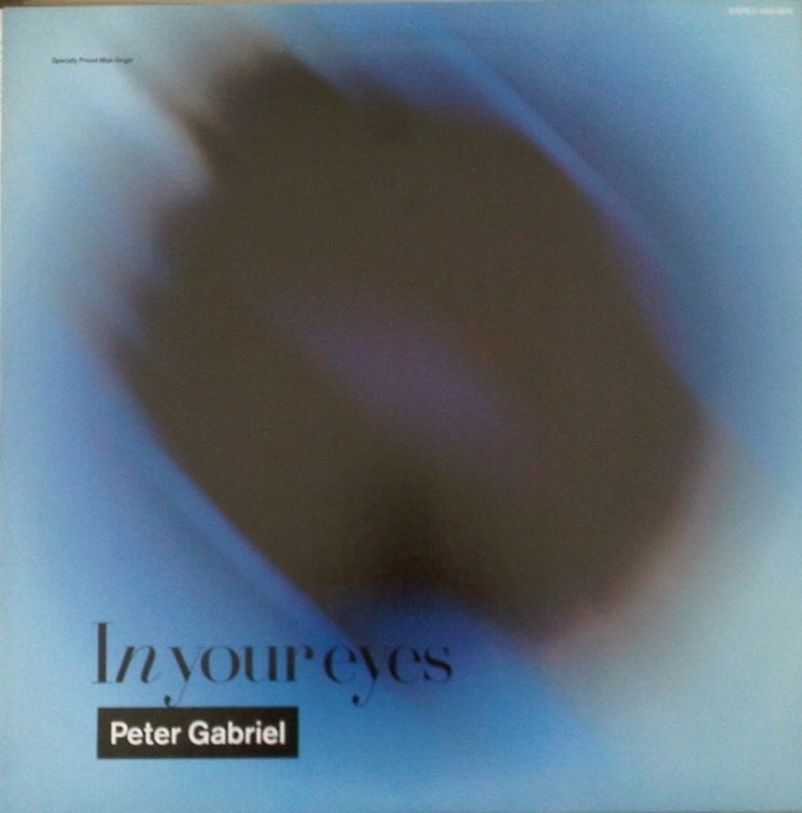
Peter Gabriel’s emotional ballad created cinema’s most enduring romantic symbol through his distinctive vocal phrasing that communicates vulnerability without weakness. The boombox scene makes movie scenes unforgettable through sonic intimacy that most romantic comedies replace with expensive orchestration. John Cusack’s gesture became shorthand for romantic devotion backed by world-class songwriting.
The image influenced countless romantic declarations since 1989—like a perfectly mixed track that every engineer references. It established grand gestures as romantic comedy staples, proving that authentic emotion beats algorithmic formulas every time.
3. Don’t You Forget About Me – The Breakfast Club
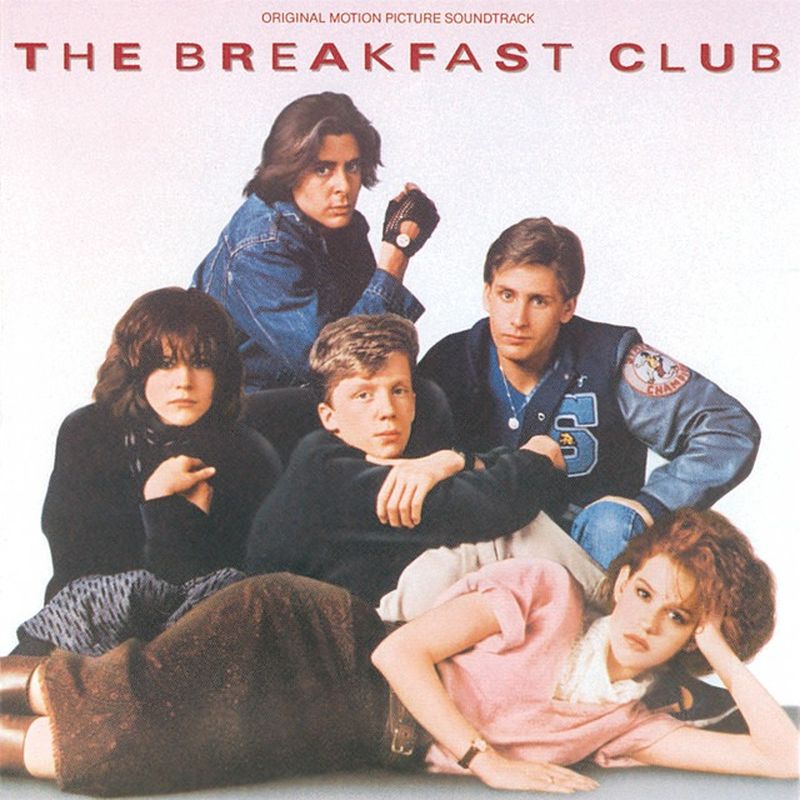
Over 70% of viewers emotionally connect this song “Don’t You Forget About Me” to the film—that’s focus group gold that money can’t manufacture. Simple Minds’ anthem became the teen soundtrack through Jim Kerr’s soaring vocals hitting the perfect emotional frequency. The closing scene displays Judd Nelson’s triumphant fist pump with mathematical precision.
This ballad captures the feeling of being truly seen through its key change from verse to chorus. Unlike disposable hits engineered in boardrooms, its impact resonated across generations like a properly mastered vinyl pressing. It joins other songs that became iconic thanks to perfect visual pairings that elevated both the music and the moment.
2. Breathe Me – Six Feet Under
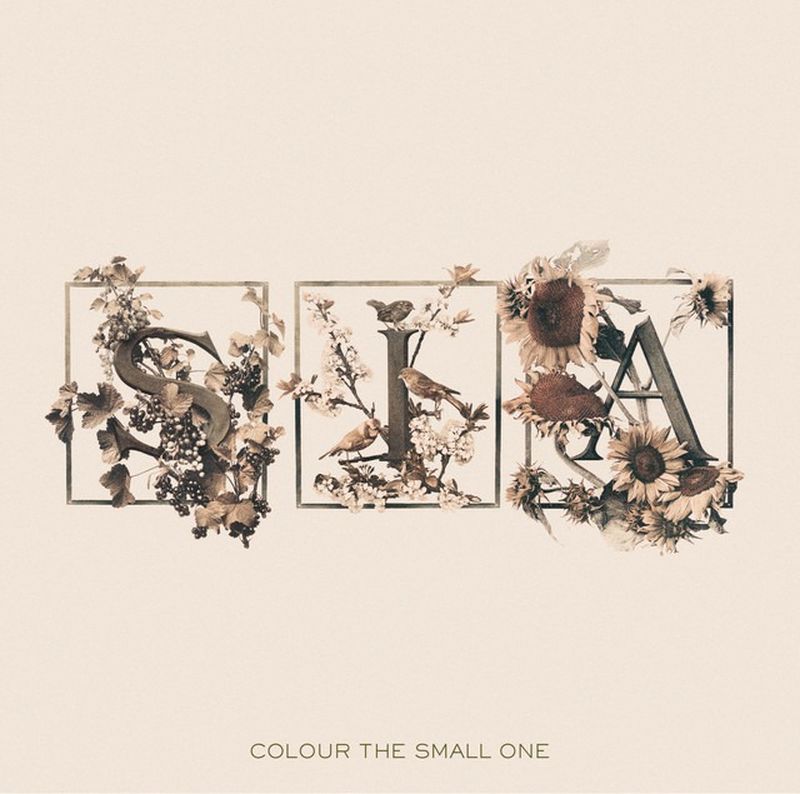
Sia’s haunting vocals on “Breathe Me” made the finale unforgettable through her distinctive vibrato that cuts through emotional defenses like analog warmth. The song scored the show’s flash-forward montage with building dynamics that mirror grief’s stages. Her whispered verses explode into soaring choruses with perfect emotional timing.
Before the montage, futures felt uncertain and incomplete like rough demos. The song’s crescendo structure set impossible standards for TV drama finales—most showrunners still chase this high.
1. Unchained Melody – Ghost
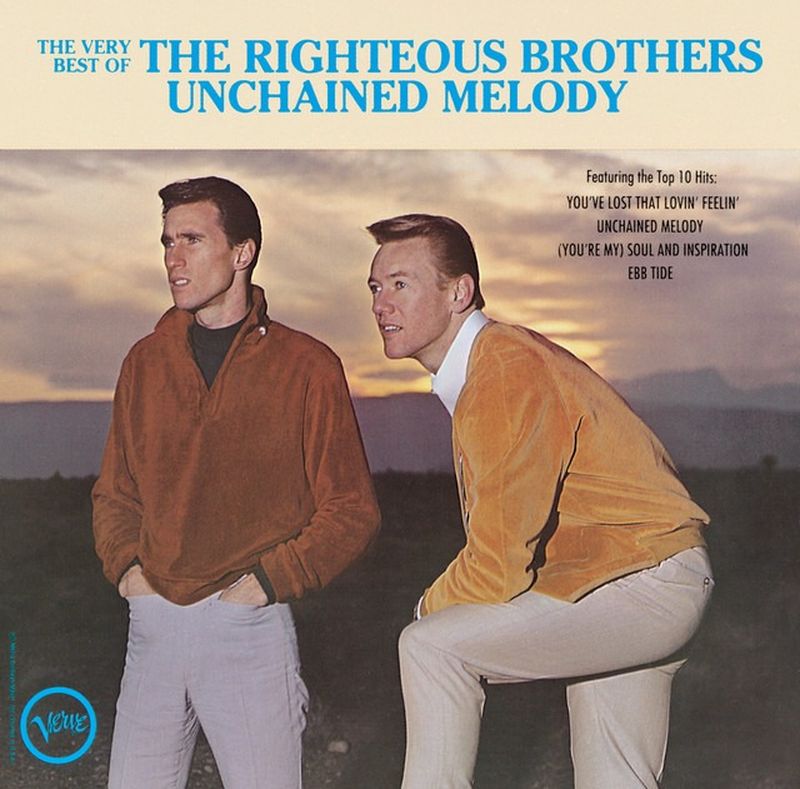
The Righteous Brothers’ classic transformed the pottery scene through Bill Medley’s impassioned baritone that communicates longing without needing a single visual cue. The slow tempo and reverb-heavy production perfectly score the tactile intimacy between Sam and Molly. That wheel of clay wasn’t just spinning—it was rotating through generations of cinematic memory.
The track’s orchestration—lush strings, restrained percussion, and layered harmonies—created a soundscape of eternal love. Without it, the scene might have landed as melodramatic or even awkward. With it, Ghost delivered a timeless emotional gut-punch, and “Unchained Melody” shot back to the top of the charts decades after its original release. That’s not nostalgia—that’s sonic resurrection.




